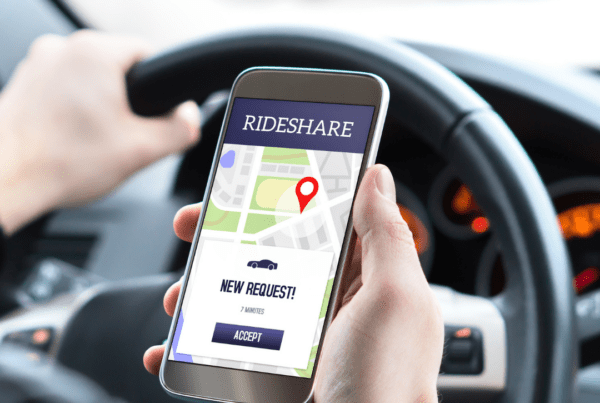Habits! There is a common theory that suggests doing something for a certain number of days will cause that particular something to become a habit. For example, the first thing I do when I get into my car is buckle up. I don’t even think about it anymore…because it is now a habit – but, that wasn’t always the case. The importance of buckling up wasn’t always as stressed as it is today. Growing up, seatbelts were those annoying things stuck in the seat of the car. I can remember – as a kid – standing on the floorboard in the back of the car, talking to my parents who were sitting in the front. I remember often seeing parents hold their infant children in the front seats of their cars – today, that would be shocking! It would also be illegal. So what changed – and has the change proven effective?
Although the history of the seatbelt can be traced back to the late 1800’s, the first modern three-point seatbelt (used in most vehicles today) was only introduced as standard car equipment in 1959 – by Volvo, in Sweden. It was 1968 before the US federal government mandated all new cars include a seatbelt for all seats, and 1984 before the first state (New York) mandated the use of those seatbelts. By 1995, all states had adopted a state seatbelt law.
Today – with these state laws in place, and through programs like Buckle Up PA and Click It or Ticket – we have increased public awareness. According to the National Occupant Protection Use Survey (NOPUS) – which “is the only survey that provides nationwide probability-based observed data on seatbelt use in the United States” (http://www-nrd.nhtsa.dot.gov/Pubs/811378.pdf) – seatbelt usage has risen from 58% in 1994 to 85% in 2010. A great deal of time, effort, and money has been spent in the effort to increase seatbelt use – but how effective has that usage been?
According to the CDC (http://www.cdc.gov/motorvehiclesafety/seatbeltbrief/),
- While vehicle crashes are the number 1 cause of death among people age 5-34, adult seatbelt use is the single most effective way to prevent deaths and decrease injuries.
- Using seatbelts reduces serious injuries and deaths in crashes by about 50%.
- More than half the people killed in car accidents were not wearing a seatbelt at the time of the accident.
- Seatbelts prevent ejection during a crash.
- People not wearing a seatbelt are 30 times more likely to be ejected during a crash.
- More than 3 out of 4 people who are ejected during a crash die.
- Seatbelts have saved an estimated 255,000 lives since 1975.
Those are some strong statistics to support the effectiveness of seatbelt use. I also think those facts should be compelling enough to remind us all to think about the importance of buckling up every time we get into a car…let’s all make it a habit!!


